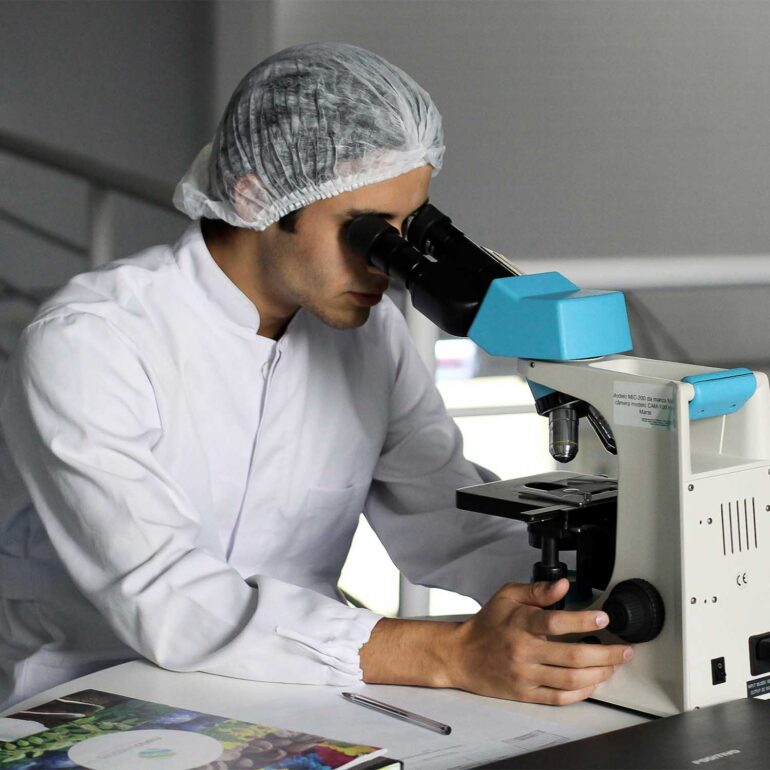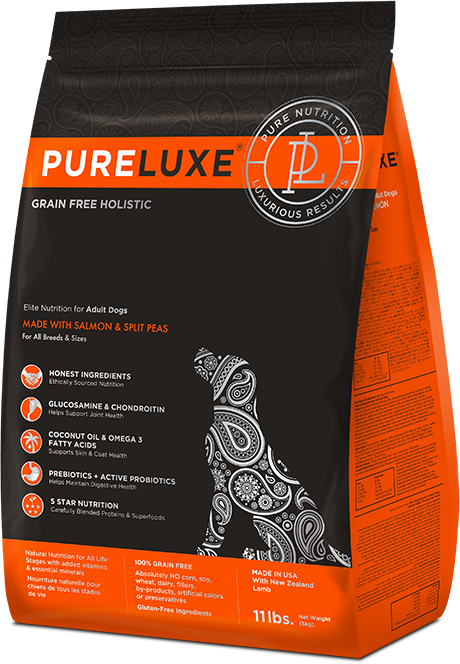The future of pet food might be cooked up in a bioreactor. Cultivated p
The future of pet food might be cooked up in a bioreactor. Cultivated pet food, made from real animal cells grown in a lab without harming any animals, is inching closer to reality.
This technology mirrors the “clean meat” movement for humans. A small tissue sample is taken from an animal, and scientists multiply those cells in a nutrient-rich environment. The resulting product is real animal protein, minus the environmental impact and ethical concerns of traditional meat production.
For pet owners seeking sustainable and cruelty-free options, cultivated pet food holds immense appeal. The pet food industry has a significant environmental footprint, with meat production a major contributor to greenhouse gases and resource use. Cultivated meat offers a path forward that reduces this impact.
There are also potential health benefits. Cultivated meat can be precisely controlled for nutrients and free of antibiotics or hormones commonly used in conventional meat production. This could lead to healthier, more targeted pet food formulations.
However, cultivated pet food faces hurdles before hitting store shelves. Regulatory approval is still needed, and the production process must become more cost-effective. Currently, cultivated meat is expensive to produce, making it a premium product.
Despite these challenges, companies are actively developing cultivated pet food. One pet food company, for instance, recently introduced a chicken cell line for both dog and cat food. This “meat slurry” could be incorporated into existing pet food manufacturing processes, potentially easing the transition.
The future of cultivated pet food remains to be seen, but it presents a fascinating possibility. It could revolutionize the pet food industry, offering a more sustainable, ethical, and potentially healthier way to nourish our furry companions.




















